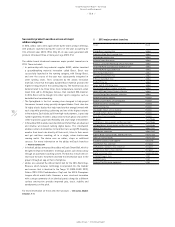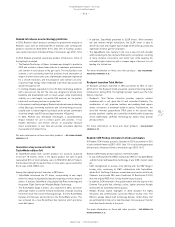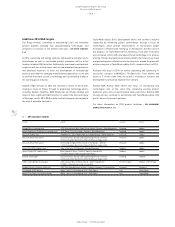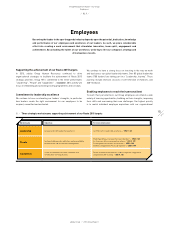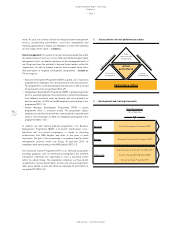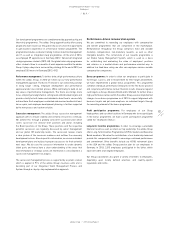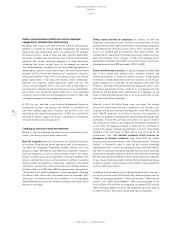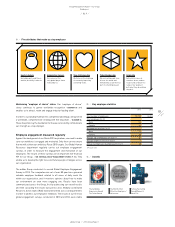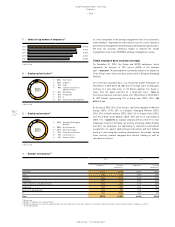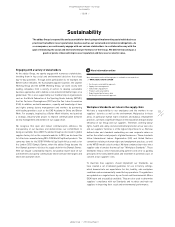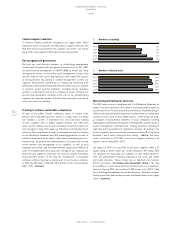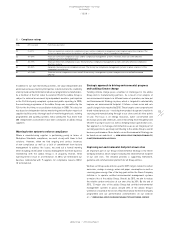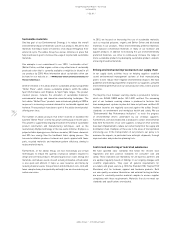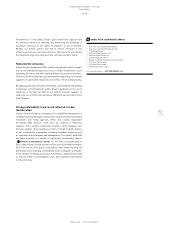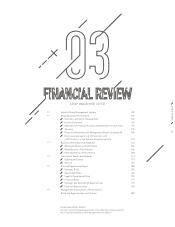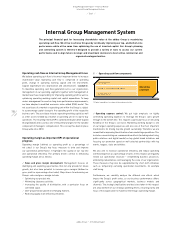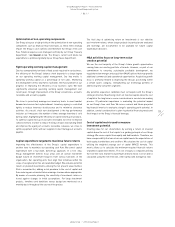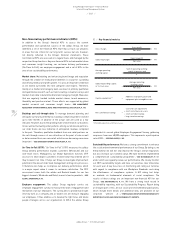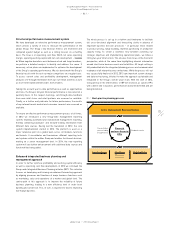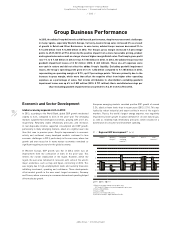Reebok 2013 Annual Report Download - page 116
Download and view the complete annual report
Please find page 116 of the 2013 Reebok annual report below. You can navigate through the pages in the report by either clicking on the pages listed below, or by using the keyword search tool below to find specific information within the annual report.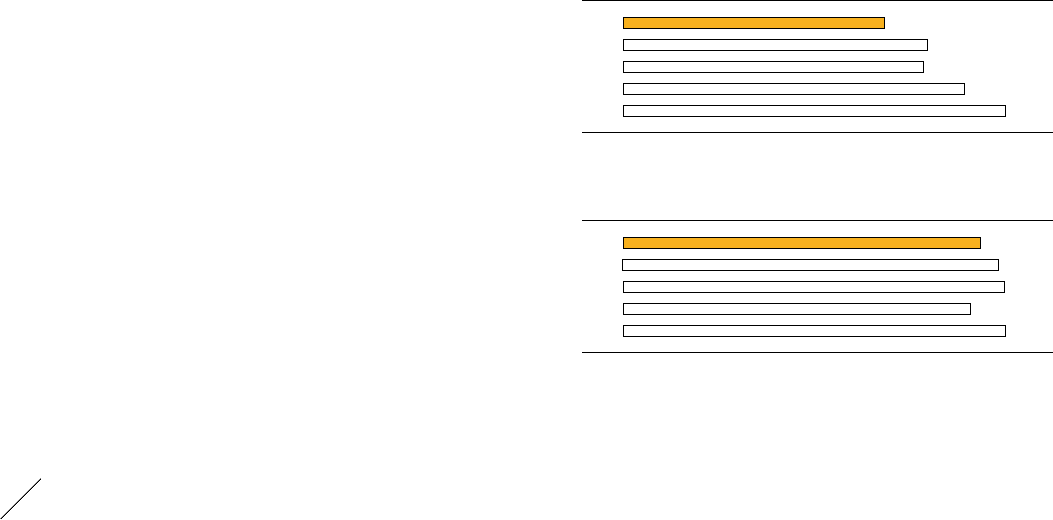
adidas Group
/
2013 Annual Report
Group Management Report – Our Group
112
2013
Sustainability
/
02.10
/
01
/
Number of trainings
2013 148
2012 172
2011 170
2010 193
2009 216
02
/
Number of factory visits
2013 1,489
2012 1,564
2011 1,591
2010 1,451
2009 1,592
Careful supplier selection
To improve working conditions throughout our supply chain, Global
Operations works closely with our SEA team on supplier selection. The
SEA team assesses all potential new suppliers, and orders can only be
placed with a new supplier if SEA approval has been granted.
Encouraging self-governance
We help our core business partners in establishing management
systems with internationally recognised standards such as ISO 14001
for environmental management or OHSAS 18000 for health and safety
management systems as we believe good management systems help
factories improve their day-to-day operations and support the process
of self-governance. By running a certified management system, our
suppliers demonstrate commitment to continuously enhancing their
performance. We help them build and improve human resources systems
to maintain proper working conditions, including factory grievance
systems to routinely find and fix non-compliance issues. Furthermore,
by enforcing employment standards at the sites of our manufacturing
suppliers, we empower workers to protect their own rights and take an
active role in decision-making.
Training to achieve sustainable compliance
As part of the adidas Group’s continuous efforts to achieve more
effective and sustainable practices within its supply chain, the Group
has initiated a system of multi-level and cross-functional training
sessions together with its global supplier network. Our SEA team
offers specific training courses and workshops for factory supervisors
and managers to help them apply our Standards and implement best
practices. These workshops include, for example, introductory training
on our Workplace Standards and SEA operating guidelines as well as
detailed training on effective health, safety and environmental practices.
Furthermore, we promote the establishment of structures that actively
involve workers and management of our suppliers, as well as local
employee associations and non-governmental organisations (NGOs). In
order to strengthen personnel capacities throughout our company, our
SEA team also organises workshops for licensees, agents and adidas
Group business entities. In this way, the consideration of acceptable
working conditions becomes a routine part of our business activities.
In 2013, the SEA team conducted 148 training sessions and workshops
(2012: 172)
/
DIAGRAM 01.
Monitoring and rating our factories
The SEA team assesses compliance with the Workplace Standards by
means of factory inspections. Our auditors check performance against a
customised risk list for each factory that is monitored. The methodology is
linked to a factory rating which measures the effectiveness of compliance
systems and the work of their administrators. A KPI rating tool helps
us evaluate six fundamental elements of social compliance covering
management commitment, the quality of management systems in place,
worker-management communication, training delivered, transparent
reporting and measurement of compliance activities. According to the
results, suppliers are assessed with a compliance rating (C rating) score
between 1 and 5 (with 5 being the best rating)
/
TABLE 03. The latest
results show that, in 2012, 58% of our direct suppliers achieved a 3C
(good) or better rating (2011: 39%).
Our target for 2015 is to have 60% of our direct suppliers meet a 3C
(good) rating or better under our social compliance KPI rating. With
this approach we encourage our suppliers to take responsibility for
their own performance including reporting of key social and health
and safety indicators. These ratings are an important non-financial
KPI for our Group
/
SEE INTERNAL GROUP MANAGEMENT SYSTEM, P. 118. They
also enable us to precisely determine training needs at our suppliers’
factories. During 2013, we conducted 1,489 factory visits (2012: 1,564
visits) involving management and worker interviews, document reviews,
facility inspections and training sessions at different levels in our supply
chain
/
DIAGRAM 02.


